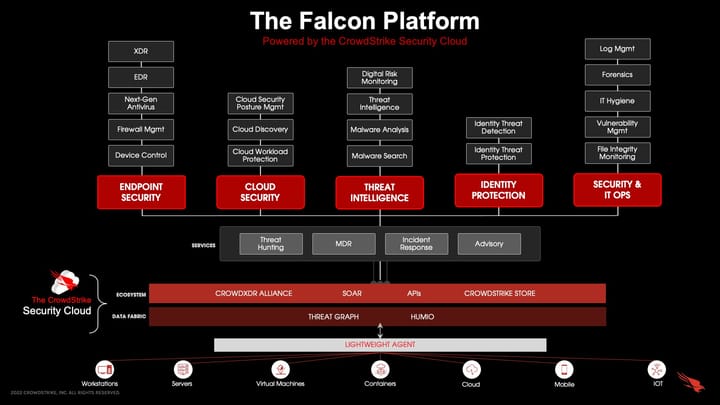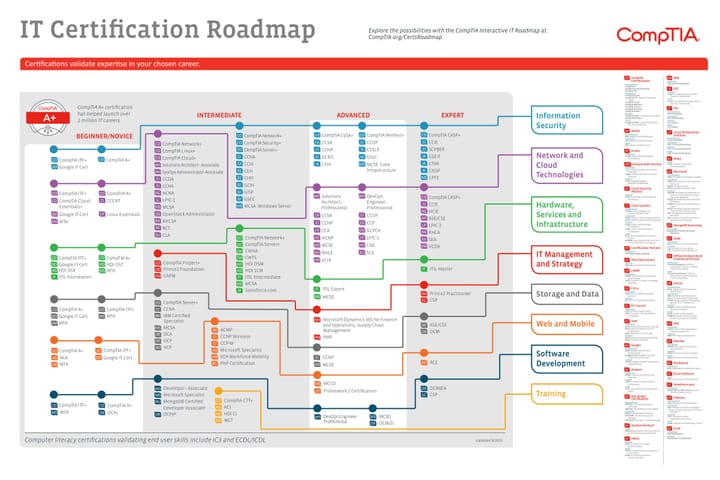NIST Cybersecurity Framework 2.0: A Comprehensive Guide to Enhancing Cyber Resilience

Introduction:
In an era dominated by digital advancements, the need for robust cybersecurity measures has never been more critical. The National Institute of Standards and Technology (NIST) has been at the forefront of guiding organisations in fortifying their cybersecurity posture. The recently released NIST Cybersecurity Framework 2.0 builds upon its predecessor, offering a more refined and comprehensive approach to addressing the evolving threat landscape. In this blog post, we'll explore the key areas of the NIST Cybersecurity Framework 2.0 and understand how organisations can leverage it to enhance their cyber resilience.
Core Functions: Identify, Protect, Detect, Respond, Recover:
The NIST Cybersecurity Framework 2.0 retains the familiar structure of five core functions: Identify, Protect, Detect, Respond, and Recover. These functions provide a systematic and organised approach to managing and mitigating cybersecurity risks. Each function is further broken down into categories and subcategories, offering a detailed roadmap for organisations to follow.
- Identify:
- Focuses on understanding and managing cybersecurity risks by identifying and documenting assets, business processes, and vulnerabilities.
- Enables organisations to develop a clear understanding of their risk landscape, facilitating informed decision-making.
- Protect:
- Concentrates on implementing safeguards to ensure the delivery of critical infrastructure services.
- Includes measures such as access controls, training, and data protection to safeguard against potential cyber threats.
- Detect:
- Involves continuous monitoring and timely detection of cybersecurity events.
- Enhances an organisation’s ability to identify and respond promptly to potential security incidents.
- Respond:
- Outlines strategies for effectively responding to and mitigating the impact of a cybersecurity incident.
- Emphasises the importance of having an incident response plan in place to minimise damage and downtime.
- Recover:
- Focuses on strategies for restoring and improving the organisation’s cybersecurity resilience after an incident.
- Encourages organisations to learn from incidents and strengthen their cybersecurity measures for future resilience.
Profiles and Tiers: Tailoring the Framework to Specific Needs:
One notable addition in NIST Cybersecurity Framework 2.0 is the introduction of "Profiles" and "Tiers." Profiles allow organisations to customise the framework to their specific needs, aligning it with their risk tolerance and business requirements. Tiers, on the other hand, provide a maturity model that helps organisations gauge the effectiveness of their cybersecurity practices, moving from a reactive to a proactive stance.
Supply Chain Risk Management: Addressing the Growing Concerns:
In response to the increasing frequency and sophistication of supply chain attacks, the NIST Cybersecurity Framework 2.0 places a heightened emphasis on supply chain risk management. Organisations are encouraged to assess and manage the cybersecurity risks associated with their supply chains, ensuring the security of products and services throughout their lifecycle.
Integration with other Frameworks and Standards:
Recognising the diverse landscape of cybersecurity frameworks and standards, NIST Cybersecurity Framework 2.0 is designed to be compatible with other widely adopted frameworks. This interoperability ensures that organisations can integrate the NIST framework seamlessly into their existing cybersecurity programs, leveraging the strengths of multiple approaches.
Conclusion:
The NIST Cybersecurity Framework 2.0 is a robust and flexible tool that empowers organisations to enhance their cyber resilience in the face of ever-evolving threats. By focusing on the core functions of Identify, Protect, Detect, Respond, and Recover, and incorporating elements like Profiles and Tiers, organisations can tailor their cybersecurity approach to meet their unique needs. As cyber threats continue to evolve, adopting frameworks like NIST 2.0 becomes increasingly crucial for organisations striving to safeguard their digital assets and maintain the trust of their stakeholders in an interconnected world.



Comments ()